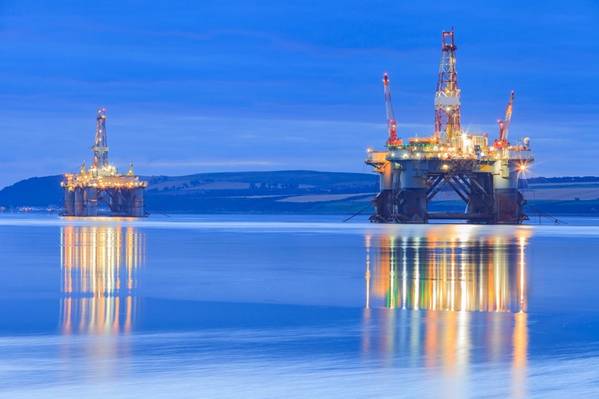
The UK oil and gas industry regulator Oil and Gas Authority has launched its second Wells Insight report, which shows that the number of exploration and appraisal wellbores spudded has been on a decline, however, success rates have improved. OGA has also highlighted opportunities for oil firms to boost production through well interventions.
Nine exploration and appraisal wells were drilled in the region in 2020 due to Covid-19 induced slowdown, down from 29 in 2019. Success rates have improved, OGA said, with oil and gas companies discovering over half a billion barrels of oil equivalent (boe) in the past three years.
A total of 73 new development wells were completed in 2020, down from the 2019 high (106) which saw numerous multi-well campaigns, but similar to 2017/18 levels. However, OGA said, total development drilling spending remained high in 2020, over £2.1billion, largely because of the more complex developments, such as high-pressure, high-temperature (HPHT) fields.
As of the end of 2020, only 51 wells were planned for 2021 or around half of those drilled in 2020. However, there is a forecast rebound in drilling activity with Central North Sea and Northern North Sea leading the way in the years following 2021, OGA added.
With a total of over 8,000 wellbores so far drilled on the UKCS, the active well stock (excluding wells permanently abandoned) comprises 2,625 wellbores, of which 1,736 are producing alongside a large number ‘shut-in’ wells (717 in 2020 up from 476 in 2019) which might still be valuable if production was restored.
"Unfortunately, 2020 also saw a drop in surveillance (608 activities in 2020 down 54 from 2019) – meaning only 23% of the stock was being surveyed at all. This is far below the 50% target recommended by the North Sea Transition Forum’s Wells Task Force," OGA added.
Well intervention rates also dropped slightly in 2020 to 22% of total well stock (25% in 2019).
"The lower intervention rates may be explained by the impact of the pandemic which reduced travel for offshore workers, but clearly there is a greater potential for operators to improve well production performance through interventions," OGA added.
Intervention investment (£269 million in 2020) returned to 2017-2018 levels following an increased spend in 2019 (£393 million).
"On the positive side, the average unit cost of interventions, normalized by hydrocarbon production benefits, declined in 2020. Safeguarding intervention activities (preventative maintenance) returned the largest production benefits at the lowest cost per unit of production, when compared to other intervention activities. This opens a unique opportunity for operators to be more proactive in well intervention," OGA added.
Carlo Procaccini, OGA Head of Technology, said: "The pandemic clearly affected industry’s activity in 2020, but there are significant opportunities available to Operators to improve production performance through more well interventions. The OGA’s searchable, interactive report is designed to be a valuable resource for the industry to understand well activity and cost trends, and we will continue to support the industry in our benchmarking and stewardship roles.”



